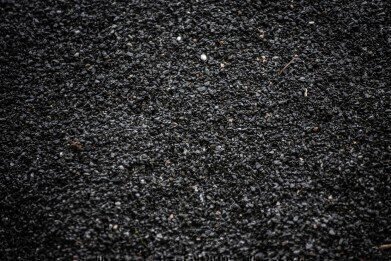Fuel for Thought
What are Tarballs?
May 08 2015
Tarballs are clumps or blobs of oil and petroleum which have been dispersed from the main body of oil by sea currents and weathered by the elements. They are generally found washed up on the shore – although they can remain out at sea indefinitely, if the waves continue to knock them back and forth indiscriminately.
Tarballs are often an undesirable result of oil spills, which occur when the sun, wind and water work to break down the oil. When this happens, the oil will combine with the water and other elements, including sand, to form “balls” or globs in the sea. Though they are generally linked with oil spills, tarballs can rarely occur naturally.
The Dangers of Tarballs
With huge spillage disasters like that which occurred at the Deepwater Horizon oil rig at the Gulf of Mexico in 2010, total recovery from its after-effects can take decades. Giant tarballs have been found on the coasts of Florida and other regions, which presumably means that other tarballs are still floating around in the ocean as a result of the catastrophe. Clearly, these pose a risk to the natural habitat and its occupants.
However, as a general rule, tarballs are not seen as a great threat. Depending on which elements have been incorporated into the tarballs during its weathering process, it will have a different density. If this density is less than that of seawater (1.025g/ml), the tarball can be dispersed into negligible sizes and over great distances.
Nevertheless, there are methods in place to contain tarballs. Often, floating containment devices are used to trap tarballs – and other oil spillages – in an attempt to contain its damaging effects. For other methods of damage limitation, see the article Four Ways to Clean Up an Oil Spill.
The Benefits of Tarballs
Though tarballs may appear to be wholly damaging and without any advantages at all, analysis of their makeup can reveal interesting information. By assessing their composition, scientists are able to see how they were created. Interaction with microorganisms such as Chromobacterium violaceum, Bacillus submarinus and Candida marina work to decompose the oil and fuse them with other materials. This provides insight into how these microorganisms function in relation to other substances, as well as how tarballs come into being.
Meanwhile, they can also be used to determine the extent of oil spillages and their damaging effects. Tarballs from Deepwater Horizon, for example, have washed up on Floridan shores and show how far-reaching the spillage has been.
Of course, these advantages most definitely are outweighed by the disadvantages, and tarballs still remain an undesirable by-product of oil spillage (despite the possibility of natural occurrence). However, the fact that we are able to extract valuable information from what is essentially a mistake shows the ingenuity and positivity of scientific thinking.
Digital Edition
PIN 25.1 Feb/March
March 2024
In This Edition Safety - The technology behind the ION Science Tiger XT - Safety with ammonia and LOHCs as hydrogen carriers Analytical Instrumentation - Discussion on new tribology te...
View all digital editions
Events
Apr 30 2024 Birmingham, UK
May 03 2024 Seoul, South Korea
May 05 2024 Seville, Spain
May 06 2024 Riyadh, Saudi Arabia
May 06 2024 Houston, Tx, USA


















